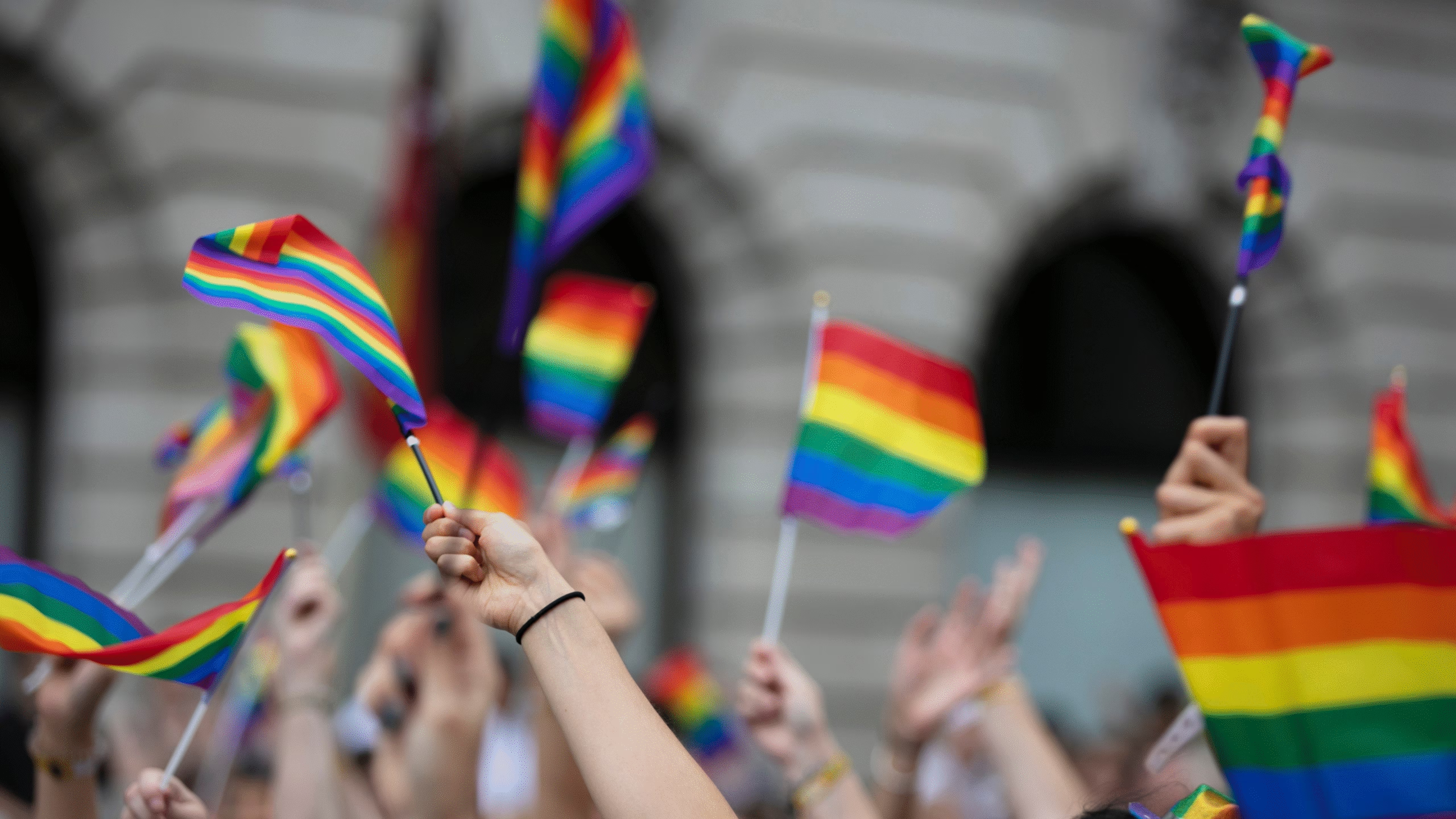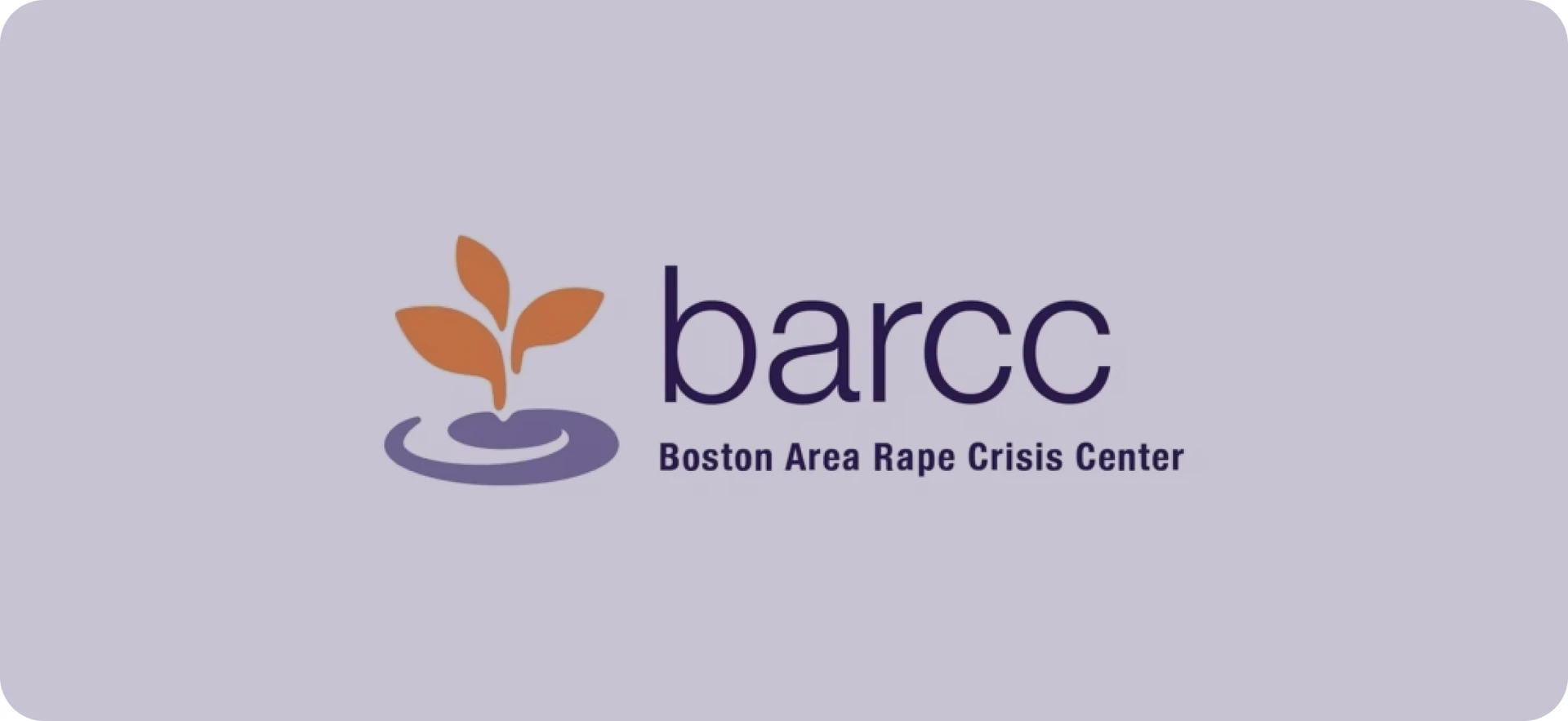Featured
The Latest from the Blog
-
Read MoreDec 10, 2025 | BARCC Statements
BARCC Welcomes Liz Speakman as Executive Director
The Boston Area Rape Crisis Center is proud to announce ... -
Read More
 Oct 30, 2025 | Events
Oct 30, 2025 | EventsSurvivor and Significant Others Workshop Series
If you’re a survivor of sexual violence interested in learning about how group counseling can... -
Read More
 Oct 30, 2025 | Events
Oct 30, 2025 | Events2025 Winter Survivor Workshop Series
If you’re a survivor of sexual violence interested in learning about how group counseling can... -
Read More
 Oct 16, 2025 | New at BARCC, Stories of Impact
Oct 16, 2025 | New at BARCC, Stories of ImpactQ&A with Michael Glennon, Trial Attorney
BARCC’s takes on the viral Netflix series. - Read More
-
Read More
 Oct 14, 2025 | New at BARCC
Oct 14, 2025 | New at BARCCCan We Separate the Art from the Artist?
BARCC’s takes on the viral Netflix series. -
Read More
 Oct 02, 2025 | New at BARCC
Oct 02, 2025 | New at BARCC5 Horror Movies to Terrify – not Trigger
BARCC’s takes on the viral Netflix series. -
Read More
 Sep 29, 2025 | BARCC Statements, In the News
Sep 29, 2025 | BARCC Statements, In the NewsStatement: Local Leaders Condemn Mayor of Quincy’s Comments
Boston, MA, September 29, 2025 — Recently, the Mayor of ... -
Read More
 Jun 12, 2025 | In the News
Jun 12, 2025 | In the NewsStanding With All Survivors: BARCC Celebrates Pride Month
At BARCC, we are proud to support and stand with LGBTQ+ individuals, and we remain...

